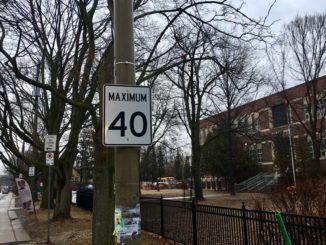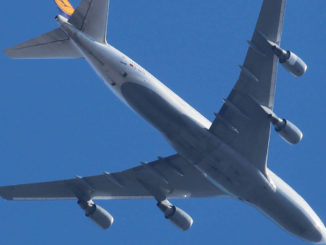
Although the beginning of the municipal election season started off quietly, changes introduced by the provincial government on the final day of candidate nominations will make it anything but.
The recent ward boundary review conducted by the city resulted in the addition of three councillors, bringing the total to 47. This was necessitated because of Toronto’s uneven population growth, which has eroded the constitutional principle of voter parity – that is, everyone’s vote carrying roughly equal weight.
In deciding to move from 44 to 47 councillors, council rejected the option of following provincial boundaries and reducing its number to 25. However, changes introduced by the province at the end of July promise to do exactly that.
What does this mean for Leaside and the rest of Ward 26?
Our ward gets divided in two, each becoming a smaller part of much larger wards. Flemingdon and Wynford Heights become part of Don Valley East, while Leaside and Thorncliffe become part of Don Valley West.
The new ward of Don Valley West (DVW) is the amalgamation of parts of three current wards: 56 per cent of the voters are currently represented by the incumbent councillor from Lawrence Park and the Bridle Path (Ward 25), 9 per cent are from Ward 22 (Bayview to Mount Pleasant and Merton to Broadway), and 35 per cent are from the area I represent (Leaside and Thorncliffe).
The obvious question raised is “What does this mean”? From a purely electoral standpoint, it means that incumbents from their respective wards will be facing off against one another. Since amalgamation, Ward 26 has always elected a councillor from Leaside; in the new larger ward, Leaside and Thorncliffe will no longer represent the majority of voters.
The stated impetus by the province was to save money (their estimate is $6 million per year) and make city decisions more efficient. I will leave it to others to discuss potential monetary savings. Regarding the improvement to decision-making, I don’t think this change will have the desired impact.
I have long maintained that the major weakness of our current system is that councillors are generally elected on local issues but then decide citywide issues such as the Scarborough subway, TTC and public housing. Without a dedicated research team, there is often a lack of detailed understanding of each issue, which results in poor decisions and little accountability.
A far better system would be in the same vein of pre-amalgamation whereby some councillors would be elected by local constituents to handle local issues and others elected on citywide ones. Council could be cut to 25 “local” councillors while eight could be elected city-wide. Not only would this reduce council’s number to 33 (from 47) but would vastly improve the system.





